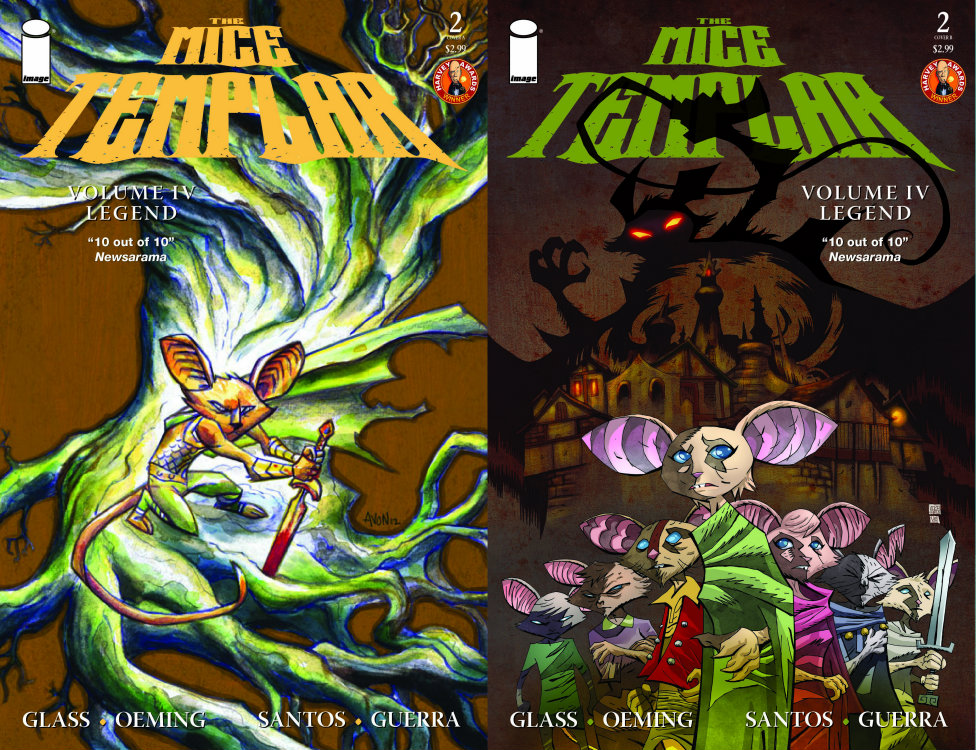 Little creatures on a big adventure is normally something you’d associate with Disney, but Image Comics’ The Mice Templar is closer to fantasy epics by J.R.R. Tolkien, or George R.R. Martin. Filled with vicious fights, talk of destiny and identity, and fast paced scripts with gorgeous, painterly art, the series by writer Bryan J.L.Glass, Mike Avon Oeming and Victor Santos is coming to an end, but what an exciting ride it’s been, as Glass explains.
Little creatures on a big adventure is normally something you’d associate with Disney, but Image Comics’ The Mice Templar is closer to fantasy epics by J.R.R. Tolkien, or George R.R. Martin. Filled with vicious fights, talk of destiny and identity, and fast paced scripts with gorgeous, painterly art, the series by writer Bryan J.L.Glass, Mike Avon Oeming and Victor Santos is coming to an end, but what an exciting ride it’s been, as Glass explains.
BROKEN FRONTIER: So, this all began six years ago, and was originally intended as a six issue mini-series. How have your plans for these characters changed over those years?
BRYAN J.L. GLASS: The opening question requires a huge clarification on the history of my collaboration with Mike Oeming! True, the very first issue of The Mice Templar landed nearly six years ago (August 2007), and even then, that vision of the series was intended as 25 issues over the course of three arcs: Prophecy, Destiny & Legend.
The idea that The Mice Templar began as a 6-issue series stems back to Mike Oeming’s original 1990s outline that had been locked away in a filing cabinet for four years before it was offered to me in March of 2003 (and that little moment of personal history was over ten years ago). Mike’s six-issue concept was a beat-for-beat Joseph Campbell essay on the Hero’s Journey. And it was his realization of that which prompted him to bring me aboard his project with the fateful charge: “Build me a world; make it resonate.” And that’s what I’ve been doing ever since.
As the story is set in a world where “the Templar have fallen,” my first question to Mike was “How did they fall?” There was no answer. It was a setting without a history. Providing that history in order to answer the question is what launched the series into epic-length territory! I told Mike that I could not start scripting issue #1 until I knew how it would all end. Thus began a four year process of creating a history and mythology that charted the world of the Templar mice all the way back to the creation of the world.
Of course, once we began unspooling the 25 issue saga, new inspirations arose all the time. One such example was the creation of the fearful rat captain Tosk from issue #1. He had no name in the script beyond “Rat Captain.” He cut off Leito’s arm and would experience a somewhat random, definitely fateful, comeuppance in the climactic arc.
By the time Mike turned in the art, however, he had adapted the Rat Captain into a larger than life visual, complete with a massive iron gauntlet—Mike Oeming’s homage to Mike Mignola’s Hellboy. Instantly, the potential for the character exploded. By issue #3 I had Captain Tosk facing down a starving buck. By issue #6, Tosk was calling the Druid High Priest “father.” His gauntlet required an origin. And by the time readers got to our newly added Volume III: A Midwinter Night’s Dream, Tosk has become a legendary bad guy feared by the heroes and villains alike.
On this same topic, five of the eight issues that comprised Volume III contained character, story and thematic elements that didn’t exist in my original 25 issue outline. The series as a whole is looking at 40 issues total to tell the saga of Karic, his prophecy, destiny, his dream, and his legend!
BF: By the title alone, newbies may think this is an all-ages, safe title, but readers know it to be intense, daring, and full of surprises. It’s a pretty harsh world you and Mike have crafted. Is it difficult to put these little creatures through the ringer?
BG: Aye, I have scripted moments that break my heart after I’ve finished. Then after Mike or Victor Santos provide the art, the imagery leaves me saying, “What was I thinking?” Yet in the many ways the world of the Mice Templar is synonymous with our own; the stakes are high, our divisions insurmountable, our past a tragedy, and our future uncertain and utterly unknown. It is a world darker than the nocturnal setting the characters move in. Like Art Spiegelman’s Maus, we’re using anthropomorphics to tell a story about the human condition.
Although my own inspiration draws more from Richard Adams’s Watership Down with its story of heroic rabbit analogous of Stalin’s Soviet Union and gulags. But when all is done, and the last issue arrives, it is my hope that, despite all the horror, bloodshed, beheadings and woe, that we’ve ultimately said something that gives mankind a sense of hope against a world arrayed against us.
BF: What do readers new to the dangerous world of MT need to know before jumping in?
BG: That they’re starting with Volume IV, even though we’ve done our best to make it as new reader friendly as possible with a Recap, Glossary, Map, Cast List, and a careful reintroduction of all our key players.
As for those beginning at Volume I: The Prophecy, know that you’re in for a journey that looks familiar, safe, predictable until it reveals itself as none of those things.
We’ve been told by fans that Mice Templar reads like Brian Jacque’s Redwall, but for grown-ups; and that it’s like Game of Thrones, but on a really small scale!
BF: Is this really the end of Mice Templar? It must be hard to say goodbye.
BG: There are definitely mixed feelings at play. On one hand, I’m nearing the completion of a journey begun over ten years ago. And finally getting to all these huge and dramatic plot moments that make up the finale are scenes I’ve been yearning to get to.
And yet, it’s also like approaching the end of a beloved book that you don’t want to see end. All of those perpetual “To be continued…” will soon be replaced by “To be concluded…” and then the inevitable “The End.” That’s hard. But as the story is portrayed in a medieval setting, we’re not annihilating it via nuclear war (or a meteorite strike obliterating the valley). This series has focused for four volumes on telling the saga of Karic: his coming of age, to becoming a legend larger than anything he could ever possibly live up to. There are so many other stories to tell, however. Our rich tapestry of history and myth can be mined at any time; subplots and secondary characters are all there to be explored. As I once stated in a 2007 interview, our world is so rich, we could tell stories set there for the rest of our lives!
BF: Since MT’s debut, Image has changed considerably, and has gone on to greater success. Do you get inspired by being in that creative whirlwind? I know you’ve been watching The Walking Dead, which is obviously a massive breakthrough for Image and the comics biz at large.
BG: The release of Volume IV: Legend is our first experience launching or in this case re-launching from the new and improved Image Comics, and I have to say the reception has been extraordinary!
I believe in any other medium, artists and creators can be antagonistic and territorial and while there are those in comics who represent that dynamic, on the whole, comic folk are much more laid back. We inspire one another far more than we threaten or intimidate. Conventions are a fantastic opportunity to spend time with fellow creators, be they artists, writers or both. We chat about our current projects, future projects, our craft, our process, fans, the industry; and very rarely is anybody concerned that someone is looking to scoop them or rip them off. Image creators in general tend to wear their camaraderie with their peers as a badge of honor. It is important to me to follow and promote their work as much as I’d like them to support my own.
BF: You’ve written Thor (in Thor: First Thunder), and have a Superman story out soon (June’s Adventures of Superman #2). How do you get gigs like that? Are they thanks to editors or fellow creators who are fans of MT?
BG: All of my professional work thus far has come from editors who became fans of Mice Templar. There are many more fans in editorial high places than are presently offering me work, but the trick thus far has been in revealing that the series is written by myself alone, and not some hybrid collaboration of Mike and myself. Mike’s direct creative contributions were exhausted with the close of The Prophecy, and subsequent volumes have been me steering the bus. The more editors who come to that revelation, translate into more editors giving me opportunity. For 2013, I have projects cooking at four major publishers and three of my six new projects are creator-owned, which is awesome!
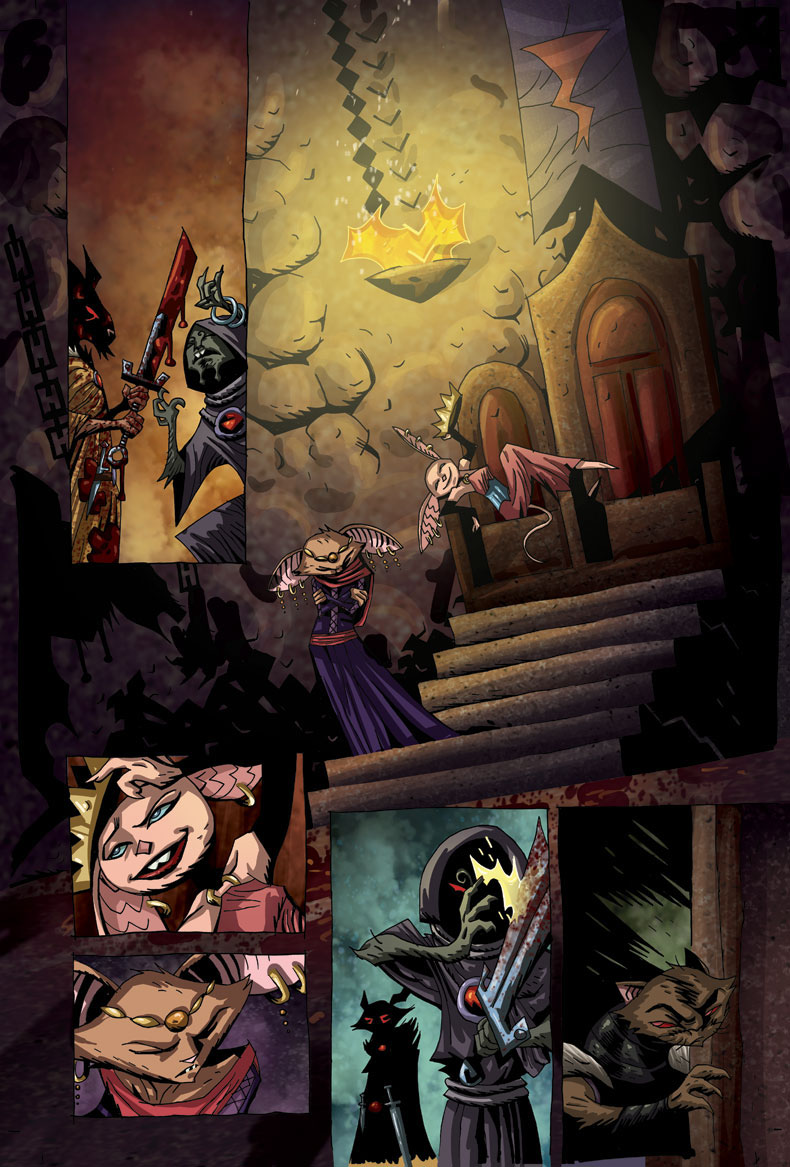 BF: Both you and Mike are pretty busy. What keeps you two coming back to MT?
BF: Both you and Mike are pretty busy. What keeps you two coming back to MT?
BG: First and foremost has been a commitment to our vision. We began with the intent of creating an epic fantasy saga, and to stop in any way nullifies that vision is something we simply won’t do. Even when Mike had to step down from the art and storytelling after Volume I, he was the one who recruited Victor Santos to the project.
And speaking of Victor Santos, this seems as good a time as any to make an announcement! As of Mice Templar: Legend IV #2, Mike Oeming and myself have added Victor Santos as a full third partner on all things Mice Templar.
With volume IV, Victor has out-paged Mike’s artistic contribution to the series at a rate of over 5-to-1. With so many of the designs actually developed by Victor, we felt it was only fair to bring him into ownership, and making us what Mike has dubbed “The Three Amigos!”
BF: There must be times when another day at the keyboard seems like a less than exciting prospect. How do you fan the flame when that happens?
BG: This is the road of the storyteller. It’s the path I chose. I feel it is the gift with which I’ve been blessed. So when the creative juices just aren’t there, it’s up to me to re-prime that pump, often by switching project gears. If project A isn’t inspiring me, swap it out temporarily with project B.
It’s about finding ways to create, and not succumb to excuses.
I know so many aspiring creators who fall back on a litany of excuses outside themselves for why they don’t create. But the truth of the matter is, we find the time to do what we want to do. For me, that’s telling stories that move another to consider or reconsider themselves, their world, and their place in it. It’s not always easy, but it is the fire that drives me!
BF: You recently caught up with David Petersen (Mouse Guard) I believe. How was that, and do you get the chance to be inspired by other creators, or fans, you see at conventions?
BG: Mike and his wife Taki Soma and I got to spend a lot of time with David and Julia Petersen last month at Bill Willingham’s mythic fantasy convention Fabletown and Beyond! In addition to numerous panels we shared, dinner and drinks at the Kill Shakespeare Bar, we also held what we jokingly called a “Summit” between the noted mice/mouse creators. Hopefully putting to rest the fandom squabbles over which book one supports vs which one condemns, we spoke openly in praise of each other’s work, fielded questions from the audience, and explored what the two books shared in common genre and where each explored its own unique take.
It was a fabulous time that we all agreed needed to happen again! As for inspiration from fellow creators, I’m pretty sure I handled that above. 🙂
BF: Now, finally, just what is Musical Muse?
BG: “Musical Muse” is how all the magic really happens! Actually, it is the title I’ve given to my daily act of playing music to my creative writing duties. It usually involves an alphabetical run-through of my soundtrack collection from motion pictures, TV, musicals, and video games. Typically orchestral yet quite a few electronic scores join the mix. Usually anything that doesn’t contain vocals even though I’ve grown accustomed to some closing songs from many films and actually look forward to them.
Every so often, I’ll break the cycling though and select a score with a specific mood to fit the emotion of the scene I am writing.
But the real fun is in posting the day’s list of “Musical Muse” on Facebook and Twitter, and engaging in the often fun and informative conversation that can follow!
The Mice Templar Vol. IV: Legend #1 and #2 are available now from Image Comics. #3 will be available on June 5.





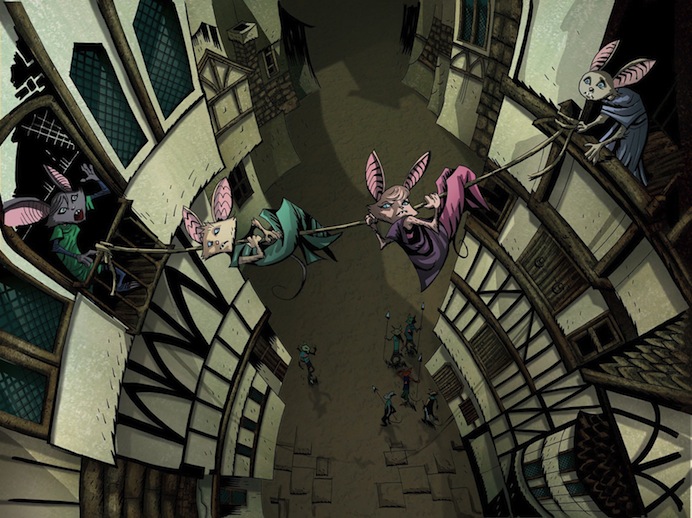
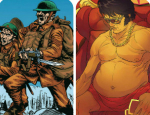
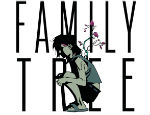
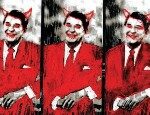
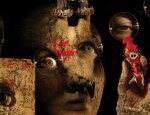
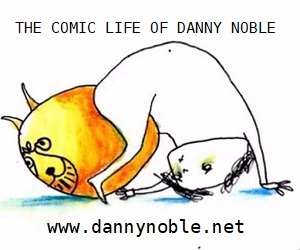

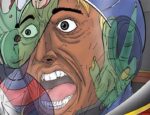
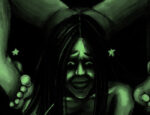


[…] Little creatures on a big adventure is normally something you'd associate with Disney, but Image Comics' The Mice Templar is closer to fantasy epics by J.R.R. Tolkien, or George R.R. Martin. […]